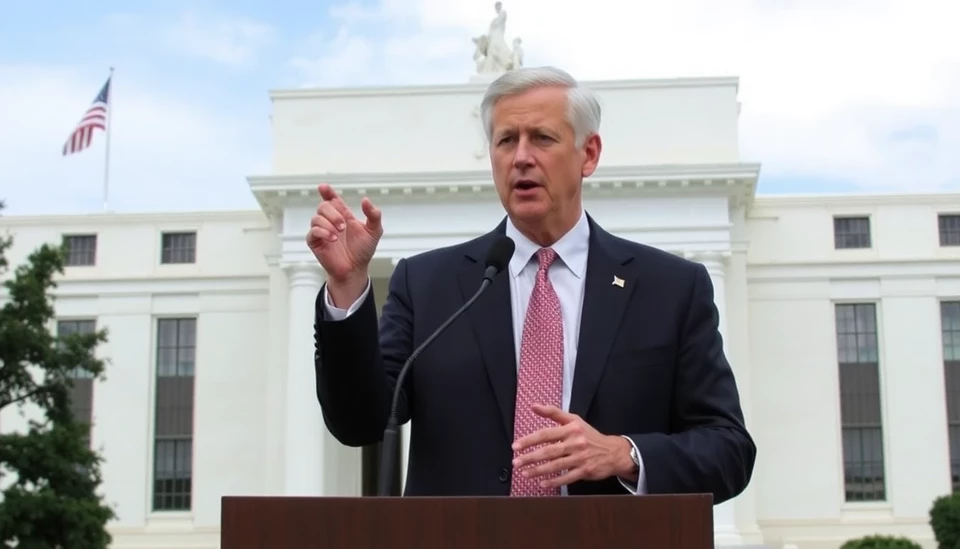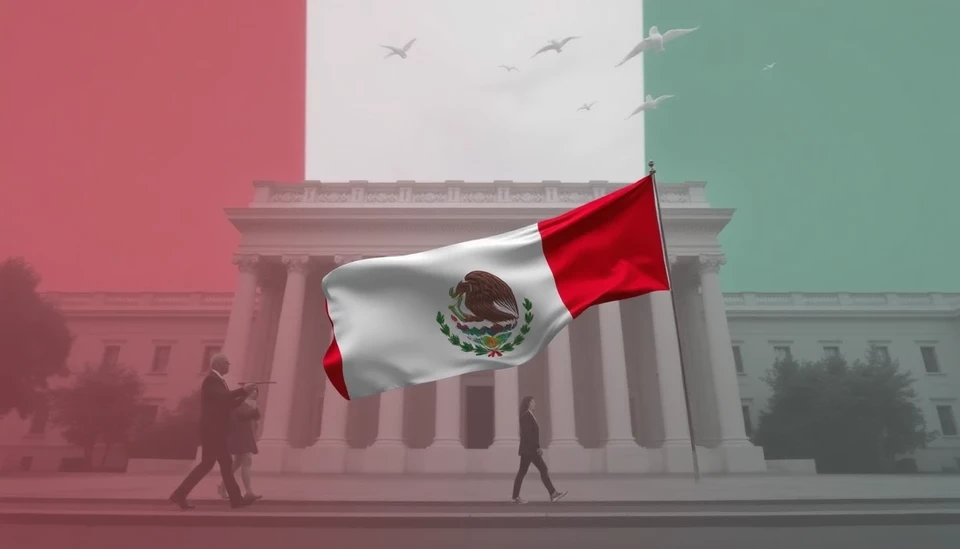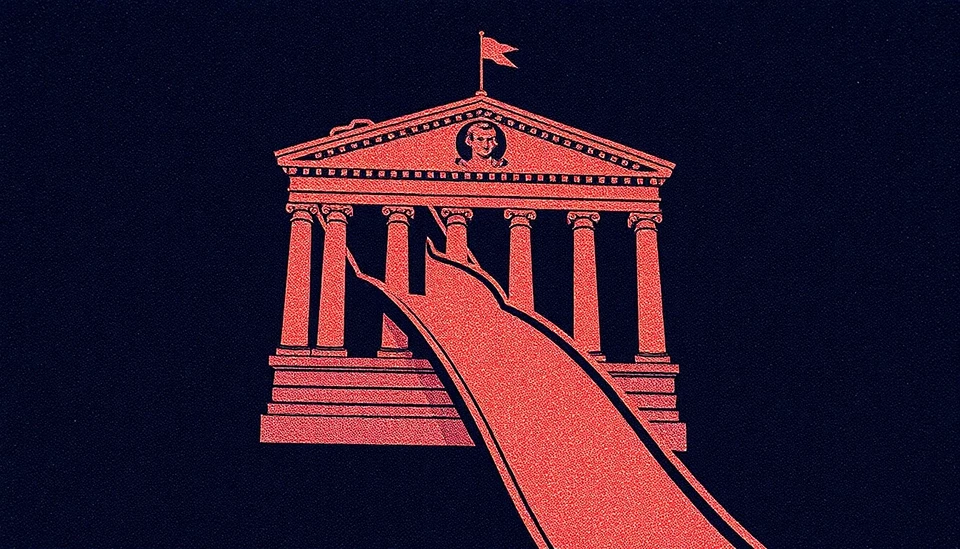
In a surprising economic development, the latest data reveals that the core Personal Consumption Expenditures (PCE) price index, a key metric for gauging inflation in the United States, has accelerated more than economists predicted. Released by the Bureau of Economic Analysis, the report indicated that the annual rate of inflation through September climbed to 3.7%, surpassing the anticipated benchmark of 3.5%. This uptick presents a stark contrast to recent months, where inflation appeared to stabilize, prompting renewed discussions among economists and policymakers regarding the trajectory of the US economy.
Moreover, the data also underscores a significant increase in consumer spending over the third quarter of the year. Consumers, displaying resilience despite inflationary pressures, ramped up their expenditures, with the PCE index excluding food and energy reaching its highest level since March. This growth was fueled by rising incomes, increased job opportunities, and a robust labor market, which together fostered a confidence boost among households.
Specifically, consumer spending increased by 1.1% in September alone, which is a robust rise compared to the 0.7% increase noted in August. Notably, this spending surge is driven largely by the service sector, bolstered by growth in discretionary spending as families allocate more of their budgets to travel, dining out, and entertainment. However, this rise in spending contrasted with a slight decline in goods spending, suggesting a potential shift in consumer priorities towards services amid ongoing inflation challenges.
The situation has prompted Federal Reserve officials to reconsider their strategies. With inflation not showing any signs of retreating as quickly as hoped, discussions surrounding interest rate adjustments are gaining momentum. Some Fed policymakers indicated that despite recent monetary policy measures aimed at curbing inflation, the persistent strength of consumer spending may necessitate maintaining interest rates at their current levels for an extended period. This could also lead to further rate hikes if inflation continues to climb.
Market analysts are now closely monitoring these developments, as they weigh the impacts of inflation on purchasing power and overall economic growth. Many are cautious, highlighting that while rising consumer spending is a positive sign, it could also complicate the Federal Reserve's efforts to achieve a more stable inflation rate. Economists are divided on what this means for the broader economy, with some arguing that robust consumer demand could bolster economic growth, while others warn it could prolong inflationary pressures.
As the economy moves into the final quarter of the year, stakeholders will be watching closely how these trends influence consumer confidence, saving habits, and spending behavior. The upcoming holiday shopping season will serve as a critical indicator of consumer sentiment and spending patterns, offering insights into the overall health of the economy moving forward.
In conclusion, the latest readings on inflation and consumer spending underline the complexity of the economic landscape. As households adapt to ongoing changes and the Federal Reserve weighs its policy options, the interplay between inflation, spending, and economic growth will remain at the forefront of economic discussions in the coming months.
#Inflation #ConsumerSpending #USEconomy #EconomyNews #FederalReserve
Author: Laura Mitchell




